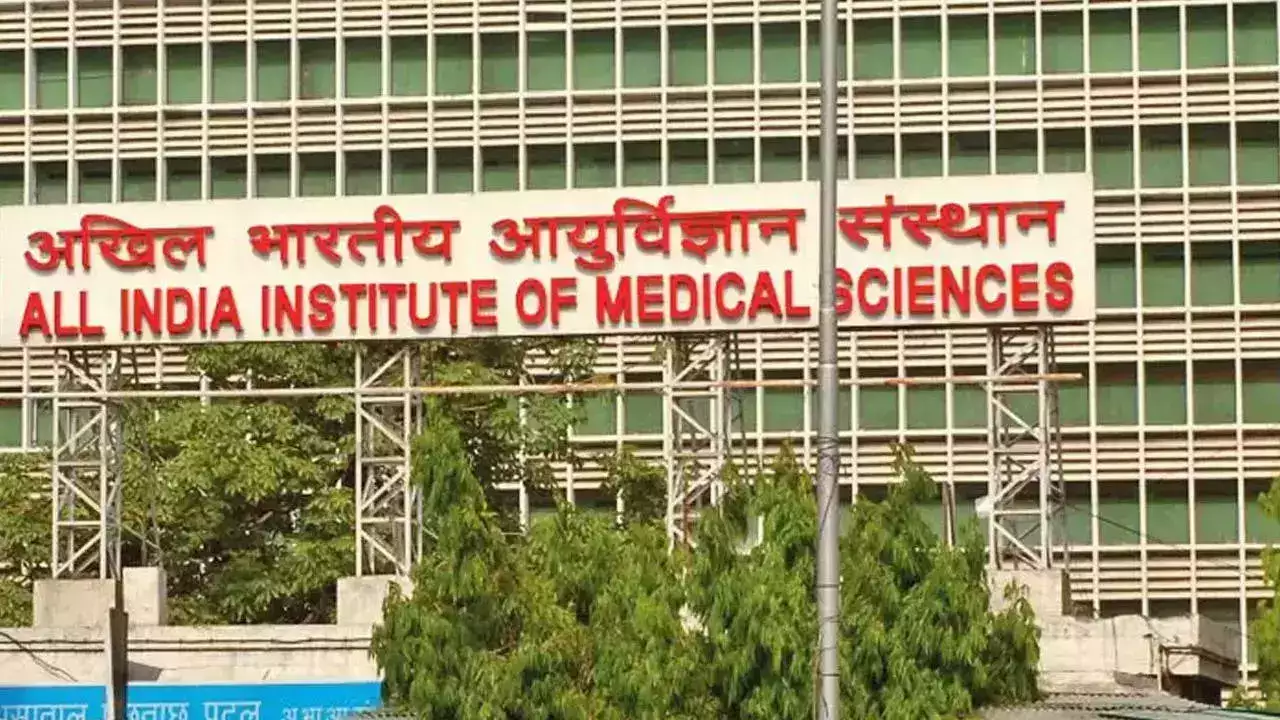
Jonathan D. Grinstein, PhD, the North American Editor of Inside Precision Medicine, hosts a new series called Behind the Breakthroughs. This series features profiles of the people shaping human healthcare. With each episode, Jonathan gives listeners access to their motivational tales and visions for this emerging, game-changing field.
The therapeutic application of genome editing—the ability to replace, insert, or delete any single nucleotide or sequence of nucleotides—undoubtedly has the potential to revolutionize precision medicine. In this episode of Behind the Breakthroughs, Michael Severino, MD, discusses the approaches for developing “genome writers” at Tessera Therapeutics, where he joined as CEO in 2022, and the advantages of performing in vivo genome editing over ex vivo approaches. Severino explains where the company is in utilizing its genome writing platform to perform edits in vivo on its journey toward the clinic.
This interview has been edited for length and clarity.
IPM: What technology is Tessera developing to achieve in vivo gene editing?
Severino: We’re developing a platform called our RNA gene writers, which permanently modify DNA. We do this by tapping into a mechanism that’s called target primed reverse transcription (TPRT) that evolved with a family of mobile genetic elements called retrotransposons. We’ve harnessed that exact mechanism and used it as the basis for our RNA gene writer platform. That mechanism has four basic activities that enable it: RNA binding, DNA binding, DNA nicking, and reverse transcription. Domains that have those activities exist in a wide range of sources across the Tree of Life. We looked across 11 trillion base pairs of sequence data for domains that have the signatures of those activities and pulled them from a wide range of sources, combined them in different combinations and confirmations, and then tested them for activity, and then used those that were most active as the basis of our gene writer platform for a couple of different jobs.
Doing this with all RNA compositions enables non-viral delivery. Editing technologies that require the delivery of DNA have to use viral vectors today because we can’t deliver DNA through non-viral vectors because the presence of foreign DNA in the cytosol looks like a virus and provokes a profound innate immune response. In our opinion, lipid nanoparticle (LNP) delivery has several advantages over viral vectors. It’s robust, scalable, and readily manufactured, as we saw with the COVID-19 vaccine experience.
We have been able to retarget LNPs to cell types that have been historically extremely difficult to access, like the resident long-term hematopoietic stem cell (LT-HSC) in the bone marrow in its native niche. If people want to modify that, they have to undergo a stem cell transplant, which is a very challenging procedure.
We have developed the technology—and shown this in non-human primates (NHPs)—to deliver to LT-HSCs without any further manipulation. It’s just a simple IV infusion with no mobilization or chemotherapy conditioning. That unlocks several important doors, like curative approaches to sickle cell disease, that we believe won’t require any additional preparation. We can deliver it in T cells in vivo. We’ve also shown that in both humanized mice and non-human primates, which opens up the door, for example, to generating CAR-Ts fully in vivo through an IV infusion without the need for offsite manufacturing and, very importantly, without the need for lymphodepletion, which also requires chemotherapy.
IPM: What needs to be done to develop in vivo genome editing into a treatment personalized for each individual?
Severino: Two dimensions are relevant. One is, for a particular mutation, what does one have to do to have a gene writer template pair that can correct that mutation? For example, with alpha-1 antitrypsin (AAT) deficiency, essentially all the patients we characterize as having that disease today have a single mutation. Other mutations cause less severe phenotypes that exist in particular areas. Still, when we talk about AAT, we generally talk about people with two copies of the Z allele. For sickle cell disease, all patients will have the same mutation. We won’t cover some variants, but when you talk about sickle cell disease, we’re talking about patients who have two copies of the sickle mutation. So, the change you want to make is the same for all those patients.
Then, if you’re going from one locus to another, how much customization is needed? Is it just changing the guide, or do you need to change other things? Today, there are families of gene writers that are good at each task.
We optimize for every locus that we go into. But it’s far less than going back to square one every time. We need to do some work to go into a new locus, choose the right member of that [gene writer] family, and make the correct modifications to get maximal efficacy in an individual cell type, for example. But with each new locus, we have a bigger and bigger head start. We’re getting quite good at understanding those rules of the road and have essentially a toolkit that allows us to optimize to a new target rapidly. For example, we started working on a new target and went from a standing start to what we anticipate to be curative levels in a humanized mouse in about 12 weeks.
The next question is, if you have a disease with multiple mutations, what’s the best way to tackle those? That differs based on the disease. In some cases, multiple versions may be brought forward using things like the FDA’s platform guidance to speed downstream study and ultimately approval of up to second, third, and fourth mutations that need to be corrected.
IPM: What boxes does Tessera need to check off to dose a human patient?
Severino: We’re moving aggressively towards the clinic. We’ve not given public guidance on the exact timing, but when you look at the progress we’re making, I think it’s reasonable to assume it’s not far off.








![Best Weight Loss Supplements [2022-23] New Reports!](https://technologytangle.com/wp-content/uploads/2022/12/p1-1170962-1670840878.png)




